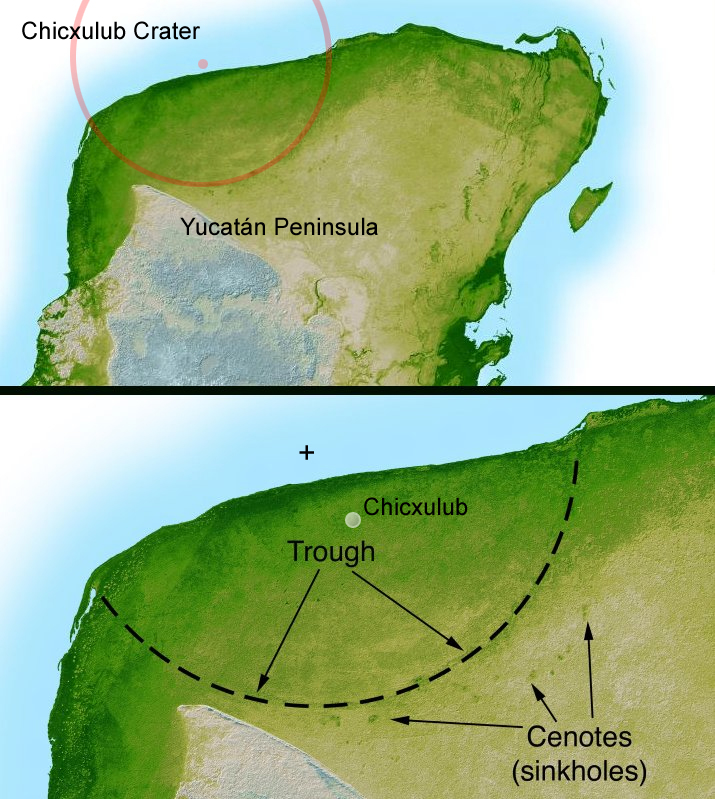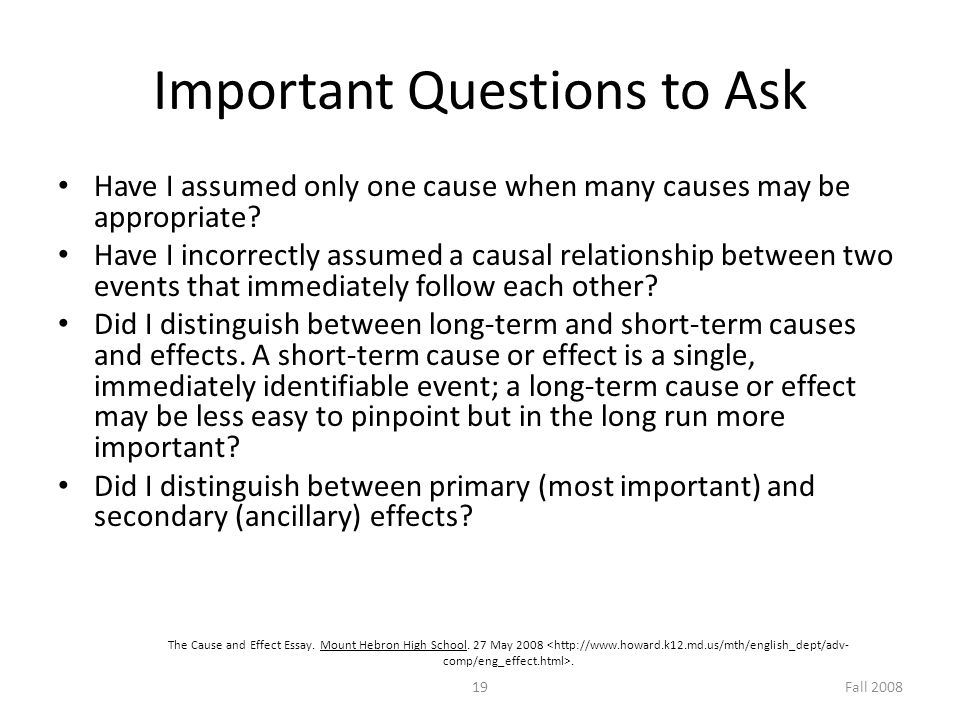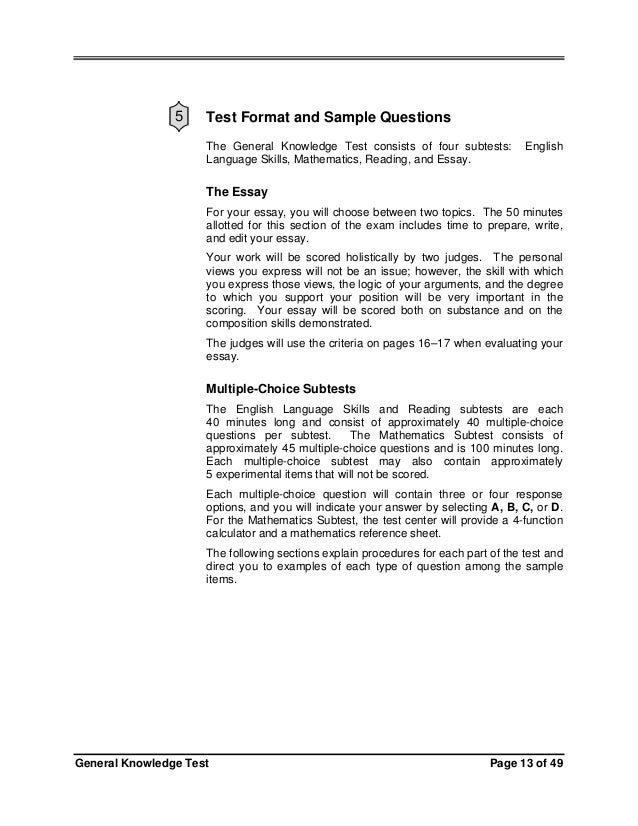Fungus gnats common and damaging!: Greenlife Industry.
Fungus gnats can breed all year round in greenhouses and houses. The females deposit eggs in the surface layer of the potting compost and these hatch within a few days under warm conditions. The larvae feed on fungal growth and decaying plant material but some species can also damage the roots of seedlings or tunnel into the base of soft cuttings.
The adult, female fungus gnats will lay up to 300 eggs in the potting soil and other moist organic debris. After three to four days, the tiny fungus gnat larvae appear and feed on the plant roots. When they feed on the roots, it can stress out the plants and open the door to disease.

The Ultimate Guide to Killing Fungus Gnats. Female fungus gnat taken by Erik Burton. A comprehensive review of the various methods that can be used to combat this common horticultural pest. They are one of the most common indoor plant pests, affecting thousands of households around the UK each year.

Adult fungus gnats are mostly an annoyance, but the larvae can do damage to young plants and seedlings by feeding on the new, tender roots. They may feed on the callused over-area of cuttings, delaying the development of new roots. By feeding on the roots of young plants, undue stress is put on them as they try to establish themselves.

The larvae of fungus gnats cannot survive in dry soil. However, they will remain dormant and begin their development once the soil is moist again. Water your plant with a mixture of one part hydrogen peroxide and four parts water. The solution will kill the larvae, but is harmless to your plant.

Fungus gnats -- those annoying little insects that fly around your houseplants -- can be easy to deal with. Check out our tips. Fungus gnats -- those annoying little insects that fly around your houseplants -- can be easy to deal with. Check out our tips.

We have compiled 27 interesting facts about gnats that you will find it very interesting to share. Looking for some interesting facts about Gnats. We have compiled 27 interesting facts about gnats that you will find it very interesting to share.. Fungus gnats: How to control fungus gnats damage in plants. 12 Ways to Get rid gnats in plants.

The answer is YES! Fungus gnats infest the soil and decomposing organic matter. The larvae feed off this and also eat roots hairs of your new marijuana seedlings or your growing plants. Fungus gnat damage stunts growth and can start to turn leaves yellow.

Gnats prefer to lay their eggs in damp soil filled with decaying organic matter, which is why they love hanging out in greenhouses and around houseplants. African violets, poinsettias, and geraniums are especially prone to injury caused by fungus gnat larvae feeding on roots.
Fungus gnats persist because new plants you bring home and potting soils all have them. That is why you can’t get rid of fungus gnats once and for all. Gardeners can’t get away from it. It is part of the great circle of life, especially if you are an organic gardener.

Fungus gnats expose the plant to infection to root diseases. Then when the plant’s root system is wrecked, your crop will be vanished. Maggots will become adults in two weeks and lay their own batch of 200 eggs per female. That’s 20,000 maggots eating roots in just 4 weeks or two generations.

Fungus gnats attack the roots of virtually all houseplants, pot and border plants including vegetables, ornamentals, fruits, fungi and even weeds. About Black fungus gnats.

Detection. Adult fungus gnats fly around potting soil that is high in organic matter, such as peat moss, which is a primary component in many greenhouse soilless mixes.



